This technique, rooted in traditional Chinese medicine, may help relieve muscle pain and lessen facial puffiness
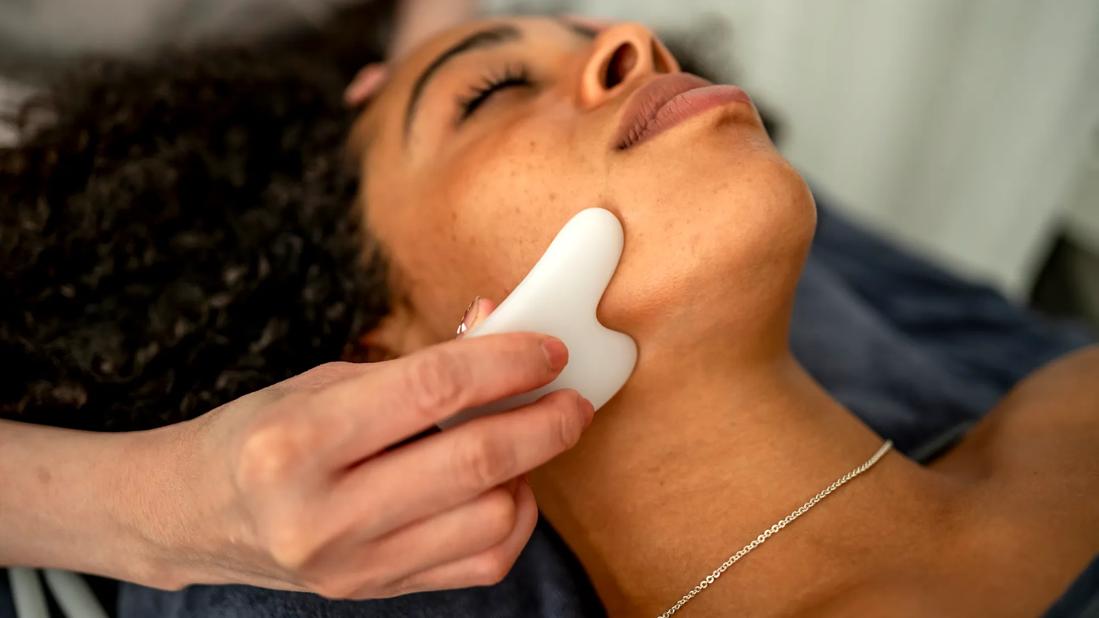
If you’re seeing gua sha on social media for the first time, you might assume it’s a new trend. But this muscle scraping technique has roots in traditional Chinese medicine (TCM), dating back thousands of years.
Advertisement
Cleveland Clinic is a non-profit academic medical center. Advertising on our site helps support our mission. We do not endorse non-Cleveland Clinic products or services. Policy
Licensed acupuncturist Tim Sobo, LAc, explains what gua sha is and what benefits it may have.
Gua sha (pronounced “gwa-shah”) is a technique usually done by an acupuncturist or massage therapist. They use a small, smooth-edged tool to gently stroke or scrape areas of your skin to try to improve circulation and promote healing.
“Gua sha is a standard treatment modality that most acupuncturists use,” Sobo says. “The term loosely translates to ‘scraping, rubbing or pushing’ — essentially, a tool-assisted type of massage.”
Though “scraping” might sound painful, gua sha is a gentle technique. It’s done on your face using very light pressure. And if a provider performs it elsewhere on your body, like overly tight muscles, they may increase the intensity depending on the knots they encounter.
“We identify areas of tense tissue, work on them gently and gradually build up the intensity to promote circulation to help break up those areas,” he explains.
In traditional Chinese medicine, gua sha is said to help balance the flow of qi (pronounced “chi”), or energy, throughout the body. Western medicine doesn’t follow those principles, but modern research shows gua sha may have benefits.
There’s not enough high-quality research to definitively declare the benefits of this technique, but studies continue to look into it. Here’s what gua sha may be able to do.
Advertisement
Gua sha has been shown to increase microcirculation in the areas where it’s performed, meaning it helps promote blood flow through your body’s smallest blood vessels.
“That helps ensure a better blood supply so everything is moving through your body as it should,” Sobo explains.
Gua sha can cause small reddish-purplish spots to form on your skin. They may look like a rash, but they’re petechiae — tiny spots of bleeding under the skin caused by broken capillaries.
The thinking is that this triggers an anti-inflammatory response, prompting your body to promote healing in that area. But this hasn’t been scientifically validated.
In Eastern Asia, gua sha is commonly used for pain relief. Advocates say it can help relieve pain from musculoskeletal problems, like tightness in your shoulders, neck, back and legs.
Though a 2010 review of studies didn’t find enough evidence to prove pain relief benefits, it didn’t rule out the possibility either. A small study later showed that gua sha may provide longer-lasting relief from chronic lower back pain than heat therapy.
Social media influencers rave that facial gua sha can reduce puffiness, though research doesn’t address this benefit. But much like lymphatic drainage self-massage, the gentle downward motion of gua sha may help get your lymphatic fluid moving. This may lessen facial puffiness and help you feel more relaxed and refreshed.
Researchers have looked at how gua sha could help relieve symptoms of specific conditions, though data is limited and studies have been very small. Here’s what they’ve found:
Gua sha is generally safe, but there are a few risks, especially if it’s not done correctly. If you or your practitioner scrapes your skin too aggressively, it can cause muscle soreness, bruising or skin discoloration. And it should never be performed over irritated or inflamed skin, like rashes, wounds or sunburns.
It may also not be a fit if you:
Advertisement
“If you have any health conditions, let your practitioner know before your session starts,” Sobo advises. “That way, they’ll know to adjust the pressure, if needed.”
And if gua sha hurts, always let your practitioner know ASAP.
“If you’re in pain, you’re not getting a beneficial treatment,” he adds. “We’re trying to loosen things up, but if it hurts, you’re just going to tighten up more. For you to get relief, you and your practitioner need to be on the same page.”
Want to try gua sha on yourself? If you don’t have a background in it, it’s best to see a trained provider to have this technique done on your body — but it’s typically OK to try it on your face. Here’s how:
Advertisement
One more thing: Though you can purchase a dedicated gua sha tool made of jade or another type of gemstone, Sobo says a small wooden spoon works just as well. Whatever you choose, keep it clean and in good condition. And if it chips or breaks, stop using it and find a replacement.
Ask your acupuncturist or massage therapist about adding gua sha to your treatment. Depending on where you live and who you see, you might hear it called something else, like coining, spooning or muscle scraping. But no matter its name, the goals are the same.
“With gua sha, acupuncture and other TCM practices, we aim to promote a smooth blood flow and healthy tissue,” Sobo says. “Our overall goal is always that any symptoms you’re experiencing will subside.”
Advertisement
Learn more about our editorial process.
Advertisement

This evidence-based practice is used to help manage pain, relieve menopause symptoms and boost your spirits
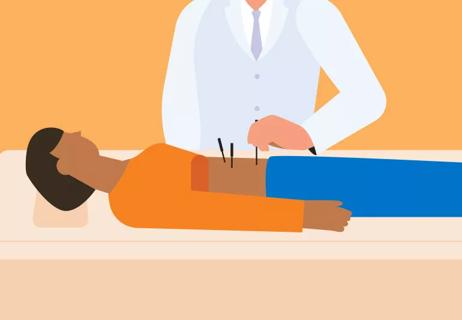
It’s great for stress relief, which can go a long way when you’re trying to conceive
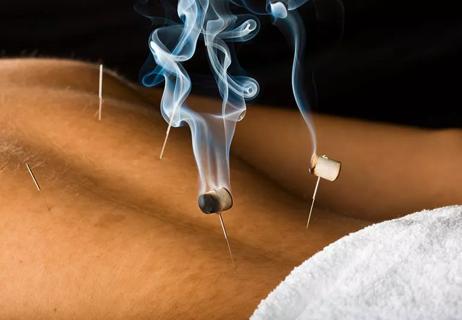
This ancient treatment is often a complement to acupuncture
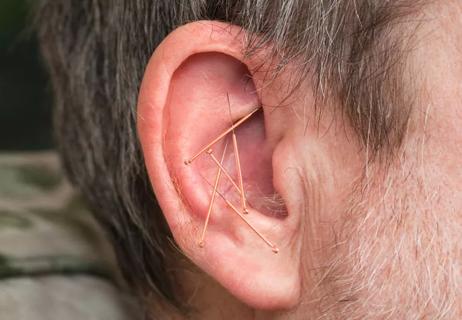
Discover the benefits of this ear acupuncture technique
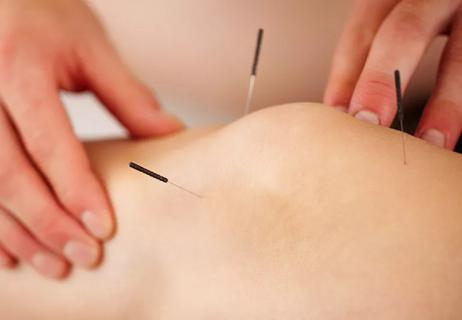
New government advisory recommends non-addictive options first

Stand tall and feel grounded with this foundational yoga pose

Different types of yoga poses, meditation and breathwork may help you feel more emotionally balanced

Try seated and standing exercises to help lengthen and strengthen the muscles that support your plantar fascia

If you’re feeling short of breath, sleep can be tough — propping yourself up or sleeping on your side may help

If you fear the unknown or find yourself needing reassurance often, you may identify with this attachment style

If you’re looking to boost your gut health, it’s better to get fiber from whole foods